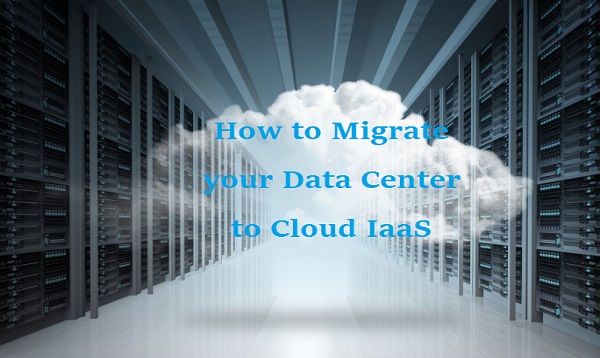Any journey must be backed by sound planning initiative and the journey of onsite data center resource to cloud IaaS is obviously no exception. Chief Information Officers are entrusted with the responsibility of migrating onsite IT infrastructure to cloud. They have to make in-depth analysis of the entire process even if a single application has to be shifted to cloud.
Vital Aspects of Cloud Migration
There has to be a sound understanding between a cloud provider and users of cloud services in order to optimize resource consumption without impacting scalability and efficiency.
Recent surveys have confirmed that embracing the enterprise cloud is a vital force that is boosting transformation to digital technology adoption and is considered as a major growth driver. It is therefore hardly any wonder that sixty five percent of enterprises are about to shift their digital assets to cloud or remote data centers through colocation.
The speed of cloud adoption has been gaining amazing traction and at the end of current decade, sixty to seventy percent expenditure on software and technology related services will be directed at cloud computing.
Steps to Successful Migration
As mentioned earlier, the journey to data center migration should begin with planning that includes three stages. The entire operation should be planned with a view to maintain undisturbed performance of business operations and seamless data protection. Proper planning and careful execution of the plan can guarantee all advantages of cloud adoption including compliance, scalability, cost efficiency, and reduction in time to market.
Plan and Designing Stage- By understanding current workload and data requirements, you will be able to clearly demarcate cloud resources as independent billing accounts, DHCP blocks, and subnets. To begin with you can establish main features of your end users who are going to consume your offerings such as applications and IT solutions.
Interconnectivity Within Clouds- Usually the aspect of cloud interconnectivity is considered at later stages. However, it is possible to establish an affordable and efficient cloud infrastructure with excellent scalability if this attribute of cloud is considered in the beginning itself.
More and more enterprises are able to exploit wide ranging benefits of interconnectivity in a multi-cloud environment. Moreover, you can enhance the performance of cloud based applications by allowing close proximity of between users, applications, and data.
Setting up and categorization of networks as per their size should be performed by studying security aspects. This process should be executed by keeping in mind continuity of accessibility in a post-migration scenario. Applications can be broken down into categories to facilitate manageability.
Migration Process
You need to consider the fact that many instances of cloud migration have not offered the expected benefits to enterprises in terms of agility and efficiency. These were found to lack in appropriate level of transformation thereby leading to cost intensive migration. In order to choose the right approach for migration, one must align specific needs of organization and objective of migration with the process.
Moving as it is – The approach is termed as ‘lift and shift’ by experts and involves moving of workloads without modification of application management tools to the destination cloud IaaS from current position. In such process the modification is not done unless required in exceptional cases. The straightforward process involves no utilization of cloud’s inherent features and offers hardly any value addition. The option is generally not adopted due to excessive costs.
Use of Virtual Automation- If you are planning to steer clear of operating your own data center and wish to adopt prompt adoption of innovative technology, then this could be the perfect approach for you. Modification of IT processes is an important highlight and pre-requisite if this process. This approach leverages cloud based features including automation to provide a greater scope for standardization. Sanitization of workloads is the process of making these more secure, cost-effective, and secure.
Transforming the DevOps Way- Maximum use of cloud specific agile approach is the main attribute of transformation to cloud IaaS by leveraging DevOps based tools. If you are proposing to lay significant stress on infrastructure as code and automation, the advanced DevOps transformation can ensure technology renovation so that your enterprise is fully prepared to address needs of Mode 1 and Mode 2.
However, the approach does not support full transformation since it is found to be highly complex and disruptive proposition. However, if you looking forward to induce agility as well as DevOps throughout the enterprise IT infrastructure then this can be a perfect approach.
In conclusion
The three approaches to migrate existing data center infrastructure to cloud IaaS cover different use case scenarios. For a faster and flexible cloud deployment, CIOs can think of obviating server rebuilds by leveraging cloning and migration of Virtual Machine. Clear analysis of hybrid cloud infrastructures in terms of SLAs and compatibility of applications continues to be an important aspect of DC migration to cloud IaaS.
For Interesting Topic : Cloud Migration: Is it a Boon or Bane for Enterprises?






 Live Chat
Live Chat
